June is the rainy season.
Do the rainy season remind you of anything, Mr. Sarudo?
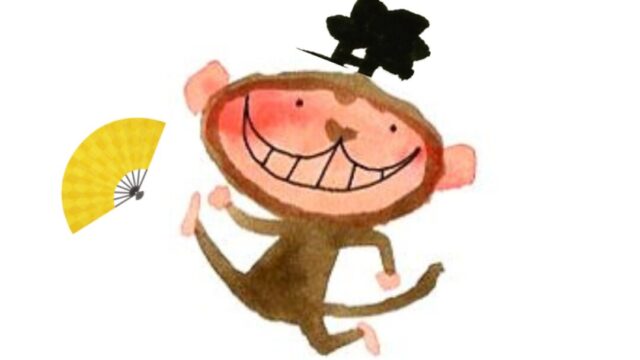
(SARUDONO)
Hmmm, is it a hydrangea?
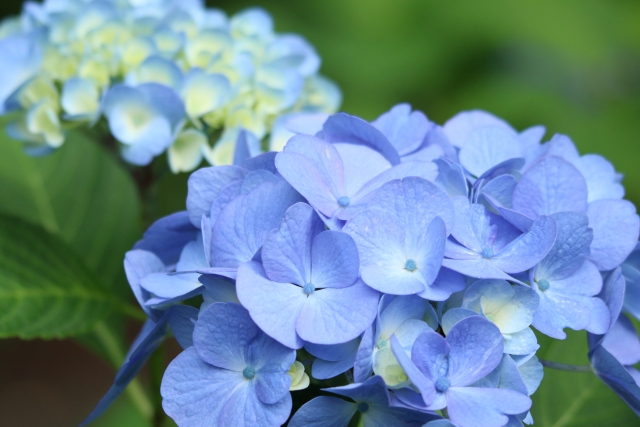
Yes, it is.
Hydrangea in the rain is very emotional.
Hydrangea is a plant native to Japan,
and has been around since the Nara period (710-794).
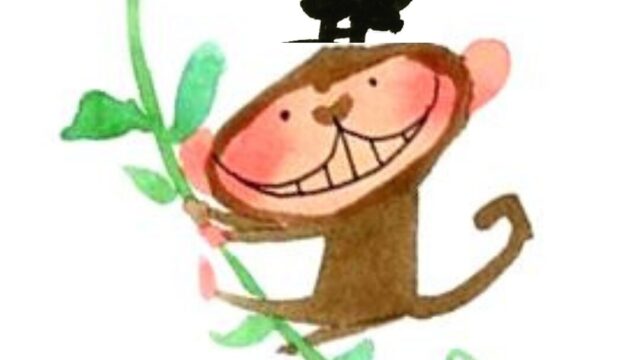
(SARUDONO)
In the Edo period when I came here,
Hydrangeas were not as popular as they are now.
I see!
I did not know that.

(SARUDONO)
Mm.
But…
Do you know Katsushika Hokusai?
Yes.
Is he an ukiyoe artist from the late Edo period?
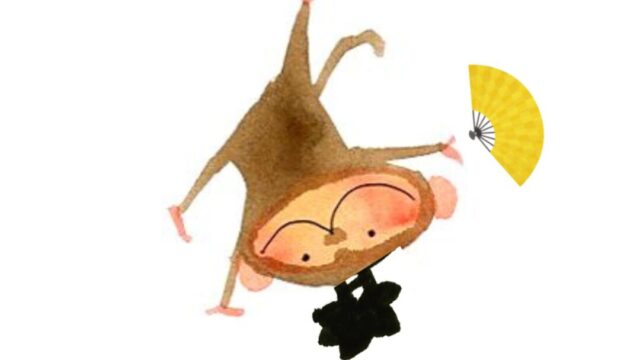
(SARUDONO)
Yes !
Katsushika Hokusai used hydrangea as a subject in his painting “Hydrangea and Swallow”!

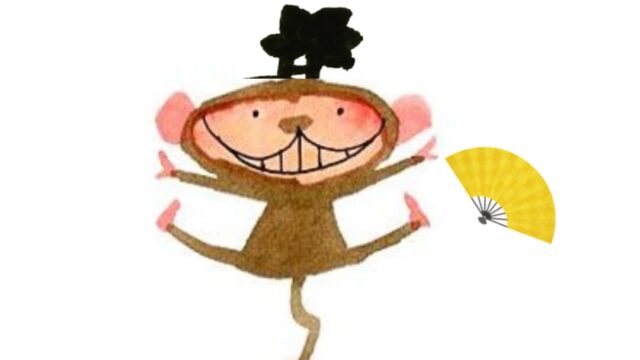
(SARUDONO)
Painters such as Korin Ogata, Sotatsu Tawaraya, and Hoitsu Sakai also painted hydrangea.
Hydrangea was not so popular at that time,
but those who understood its merits must have understood it.
That’s right.
By the way, Saru-dono,
do you know the language of hydrangea?

(SARUDONO)
Language of flowers?
What’s that?
Yes, Saru-dono.
The language of flowers is a language that can express feelings and thoughts
by giving meaning to flowers.
It originated in ancient Persia.
Flowers were given words and used in poetry,
and their fragrance and colors were used to express love.
Later, in France in the 19th century, a book titled “The Language of Flowers” (as it is titled),
which contained over 270 entries on the language of flowers,
became very popular, and its popularity spread throughout Europe.
The language of flowers came to be used as a means of communication between lovers and as a message for gifts.
The language of flowers was introduced to Japan in the Meiji period (1868-1912),
after the Edo period (1603-1868) when Sarudono were.
The Japanese language of flowers came to be created uniquely in Japan.
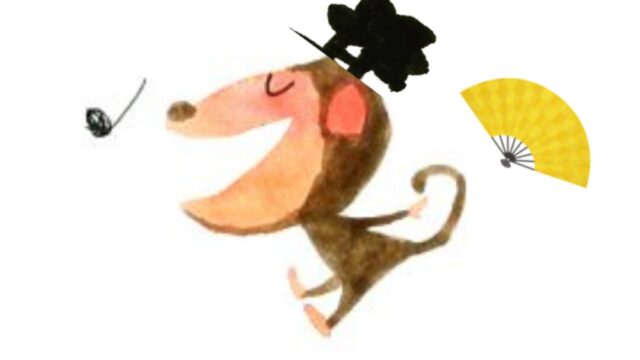
(SARUDONO)
Oh … interesting …
Interesting.
And what is the language of hydrangea?
Yes.
Blue or purple hydrangea → ‘cold-hearted’, ‘heartless’, ‘patient love’
White hydrangea → “Tolerance”
Pink hydrangea → “cheerful woman”, “strong affection”
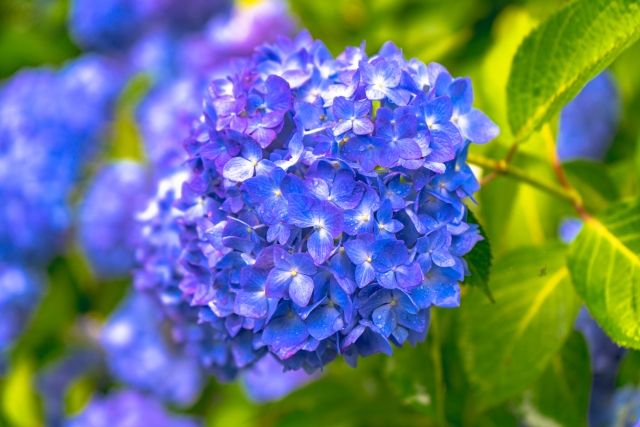
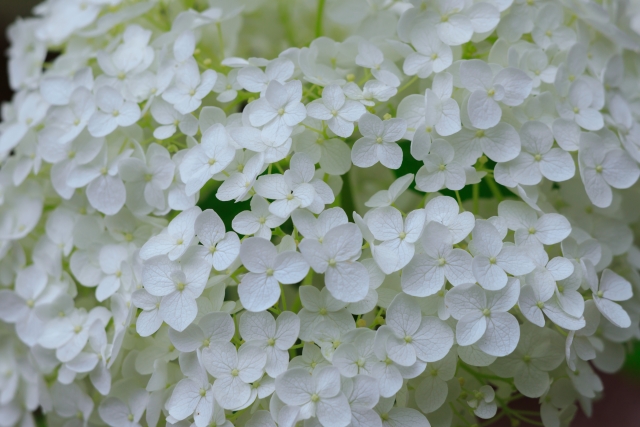
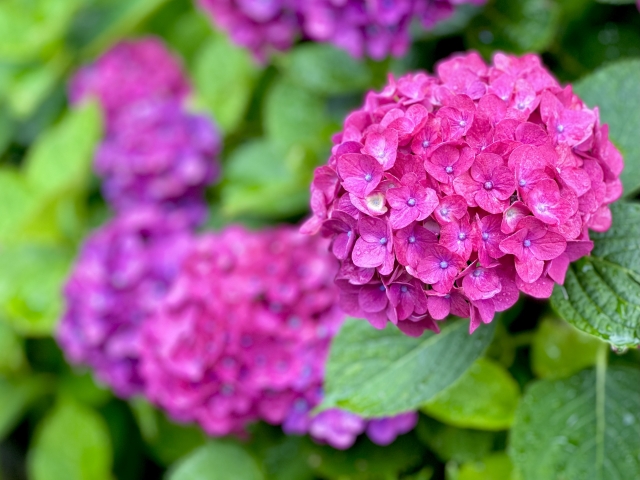
The Hydrangea Festival is now being held
at the Expo ’70 Commemorative Park in Osaka.
In the park, about 4,000 hydrangeas of 30 varieties and various colors can be seen!
They are also accepting haiku poems using hydrangea as the seasonal word,
so why don’t you take this opportunity to submit one of your own?
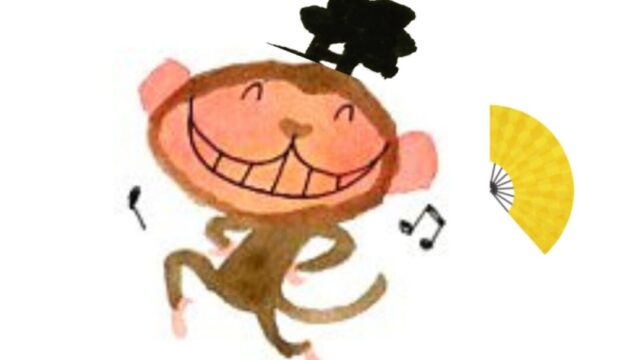
(SARUDONO)
Mm, yes.
Let’s go there!
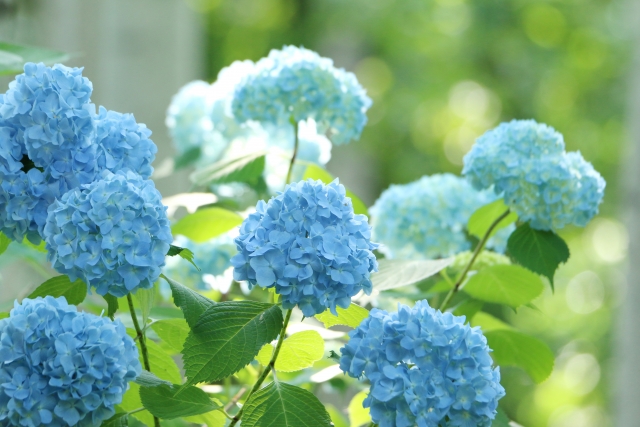
Ajisai Festival will be held until Sunday, 23rd of this month.
Please check the details on the website.
Schedule: Saturday, June 1 to Sunday, June 23, 2024 *Closed on Wednesdays
Hours: 9:30 a.m. to 5:00 p.m. (admission until 4:30 p.m.)
Place: Shizen Bunkaen Hydrangea Forest
Fee: Shizen Bunkaen and Japanese Garden common admission fee: Adults 260 yen, elementary and junior high school students 80 yen
Call for Ajisai Haiku
Submission period: Saturday, June 1 to Sunday, June 9, 2024
Submission method: Fill out the submission form (available at the Ajisai-no-mori, Central Gate, Japanese Garden Gate, West Gate, East Gate, and North Gate), and submit your poem in the submission box.
Up to 3 poems per person
Selected poems will be posted in the “Ajisai no Mori” from Saturday, June 15 to Sunday, June 23.
Expo ’70 Commemorative Park Call Center (9:30 a.m. to 5:00 p.m.)
Phone number: 0120-1970-89, 06-6877-7387
E-mail address: info@expo70-park.jp
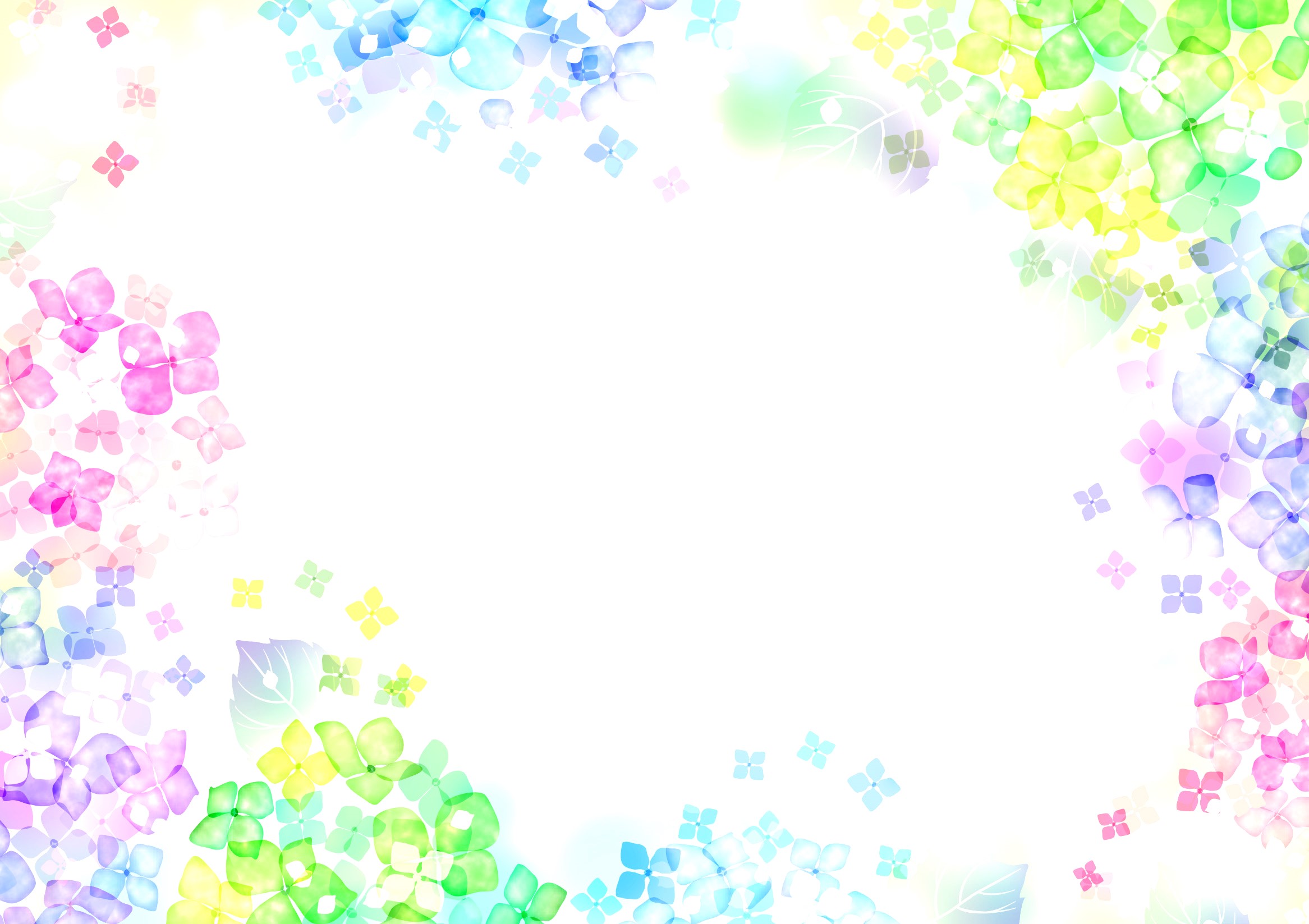


コメント